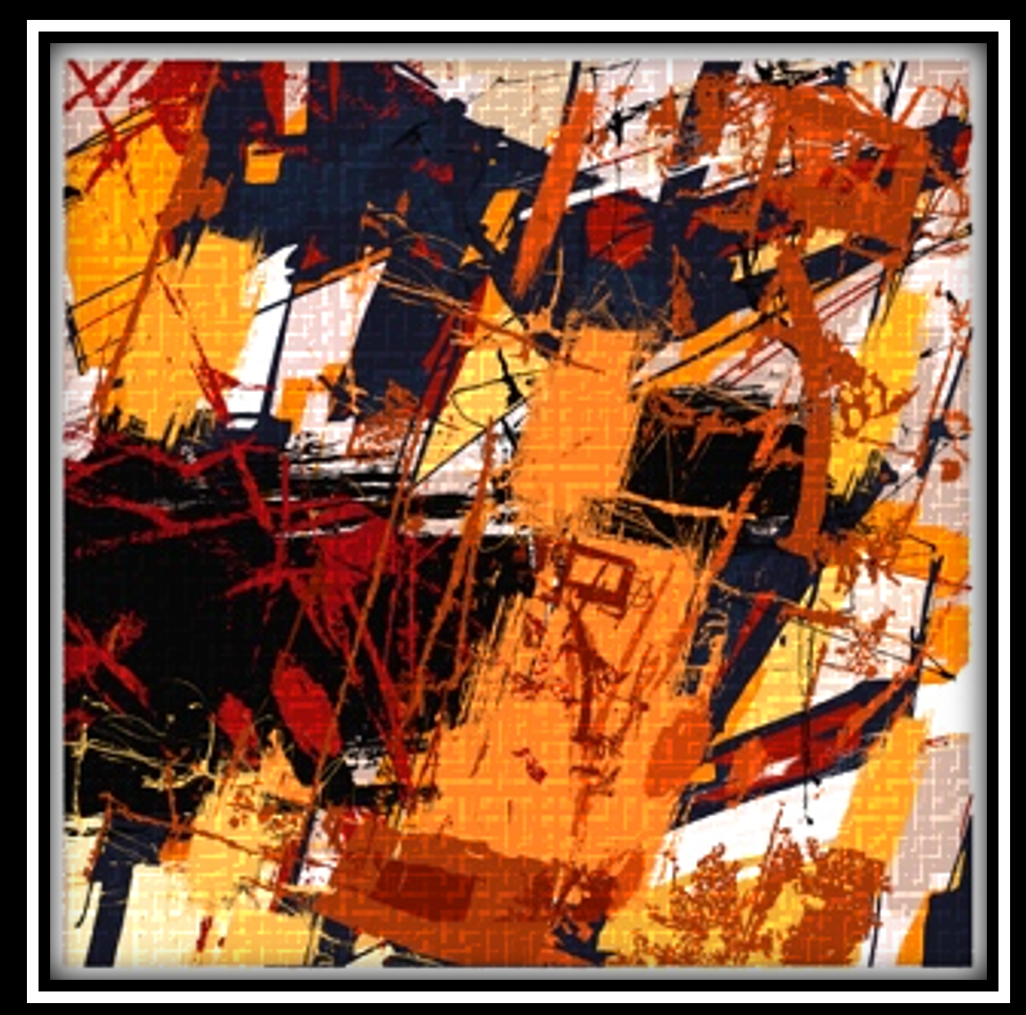REGULAR HOURS: TUESDAY-THURSDAY 12-6PM // FRIDAY & SATURDAY 12-8PM // SUNDAY 12-5PM // CLOSED MONDAYS
Vol. 38 - "Soil, Climate, and DNA"

Click here to go to the formatted pdf version
Soil, Climate and DNA
Book of Bertil 38
INTRODUCTION
The foundation
Last week, during a tasting event attended by one of the top experts on French Jura and Alpine wine regions (whom I deeply respect and admire), a lively discussion arose around a topic that has divided the wine community for centuries:
Does soil composition truly influence the taste and aroma of wine, or is climate the main driving factor?
As if that debate weren’t enough, our conversation continued into the definition of genetic transformations in vines and the origin of the word “clone.” These discussions, as stimulating as they were passionate, made me want to share some thoughts with you.
This week, I’m focusing on the question of soil and climate. Next week, I’ll talk about vine clones and genetic mutations.
CHAPTER 1.0
Verse 38.1.01: Climate vs. Soil: Who Leads?
While it is widely recognized that soil plays a role in wine production, to what extent does it actually influence the taste and aroma of wine? It’s a complex question that touches on viticulture, geology, and chemistry—fields in which I don't claim to be an expert. So, I’ve relied on the writings and research of renowned specialists to inform develop this reflection. First, it’s important to note that everyone agrees that climate, grape variety, soil, viticultural practices, and the winemaking process all contribute to defining a wine’s identity what’s known in Europe as “Terroir”, or in the U.S., “Sense of place”. The debate is really about the hierarchy of these factors: which one comes first?

Verse 38.1.02: If Climate is the Dominant Factor
Climate refers to the weather conditions of a region: temperature, sunlight, rainfall, humidity, winds. There are four major wine climate types: temperate, Mediterranean, continental, and oceanic. These conditions directly affect photosynthesis and grape ripening through:
- Light (duration and intensity) influences phenolic ripeness.
- Heat affects sugar concentration and acidity.
- Wind helps control disease pressure, especially fungal diseases.
- Rainfall influences vine growth and the dilution of aromatic compounds.
But all these climate factors only matter if they interact with the soil’s mineral elements. It’s scientifically confirmed that without mineral input, the plant cannot grow or express aromas in the fruit it produces. This is the fundamental of hydroponic culture.

Verse 38.1.03: If Soil is the Dominant Factor
The argument here is that the mineral composition of soil plays a fundamental role in a wine’s aromatic expression and physical structure. Vineyard soils may contain limestone, clay, sand, gravel, schist, etc. Each soil type influences the wine’s body:
- Limestone soils: lively wines with high acidity.
- Clay soils: powerful, structured wines.
- Sandy soils: light, fruity wines.
This is what could be called the wine’s “primary body.” Added to this are trace elements (iron, zinc, manganese, copper, etc.) absorbed by the roots, subtly influencing the taste and aroma what might be called the wine’s “primary flavor.”
Verse 38.1.04: Soil and Photosynthesis: An Inseparable Duo
Soil provides essential nutrients—potassium, calcium, magnesium, iron, etc.—transported to leaves and fruit via water (sap). These minerals influence acidity, tannins, and sweetness of the grapes and therefore of the wine. Soil pH largely determines the wine’s structure, but it’s photosynthesis, influenced by climate, that enables the chemical transformation of these minerals within the fruit. This interaction is unique to each vintage and each plot.
Conclusion: A Delicate Balance
It’s the climate that activates nutrient uptake and thus drives vintage variation. But it’s the soil that gives wine its fundamental typicity—its signature. Two neighboring plots, growing the same grape variety, with the same viticultural practices under the same climate, will produce different wines if the soil composition differs, even slightly. The most striking example? Pinot Noir in Burgundy.
In a single AOC, just 50 feet apart, wine can change radically. And that’s purely due to minor variations in soil composition.
That’s why I argue that soil is the primary factor in a wine’s typicity.
CHAPTER 2.0
Verse 38.2.01: And What If Wine’s Character Also Depends on… Microorganisms?
Native yeasts, fungi, microbiota… these invisible agents may actually be the true architects of a wine’s typicity.
According to biologists from the University of Lincoln (UK) and the University of Auckland (New Zealand), two major players in wine’s aromatic expression have long been overlooked: microbiota such as mycelium in the subsoil, soil microorganisms, earthworms, and especially yeast, the microscopic fungus responsible for alcoholic fermentation.
Yeast: The Discreet Engine of Winemaking
Fermentation, a key step in winemaking, transforms grape sugars into alcohol. It’s carried out by yeasts naturally present on and in the grape skins. During this phase, some of the wine’s fundamental aromas are developed. Until recently, the exact role of these microorganisms was poorly understood in viticulture and agriculture, but recent research has identified 39 aromatic compounds derived from yeast that directly influence wine’s taste and aroma. Remarkably, most of these compounds vary by the region where the yeast originates. In other words, the geographic origin of microorganisms could have a measurable impact on a wine’s sensory characteristics, just like climate or soil.
Verse 38.1.01: Toward a Redefinition of “Terroir”?
These discoveries open up a new perspective: What if microorganisms were the true foundation of wine typicity?
In this view, climate and soil wouldn’t be primary factors, but modulators, conditions that influence the behavior and development of local microbial communities. This would reinforce the idea that a wine’s true value lies in its region of origin, not just for its geo-climatic conditions, but for its unique microbiological ecosystem.

A Three-Pillar Symbiosis: Soil – Climate – Microbiota
It may be time to evolve the true concept of “Sense of Place”, the American term used to describe a wine’s sense of origin.
This “Sense of Place” would be based on a symbiosis between three natural factors: soil, climate, and microbiota (without the human intervention part). All interconnected and interdependent, yet each bearing its own distinct signature.
CHAPTER 3.0
Verse 38.3.01 And What About the Vine’s DNA?
If this hypothesis is correct, it leads us to another divisive topic: Does a grape variety’s DNA truly have a fundamental impact on a wine’s identity? Perhaps not as much as we think. If soil, climate, and microorganisms together shape the sensory expression of wine, then the grape variety may simply be a biological carrier, a vector, and not the primary creator of typicity.
Addendum:
But that’s the subject of our next conversation:
Clones, the Vine’s DNA:
An invisible world that influences every glass.
Appendix:
Soil
Soil is the physical and biological support in which vines take root. It consists of organic matter, minerals, water, and microorganisms. Its role is to:
- Provide nutrients (nitrogen, phosphorus, potassium, etc.)
- Regulate water supply
- Influence roots temperature
- Affect root structure and plant vigor
Minerals
Minerals are inorganic elements absorbed by roots in ionic form. They’re essential to plant growth and metabolism. Key minerals for photosynthesis include:
- Nitrogen (N): essential for chlorophyll synthesis
- Magnesium (Mg): central component of chlorophyll
- Phosphorus (P): energy transport (ATP)
- Iron (Fe): enzyme in the photosynthetic chain
- Potassium (K): regulates stomatal opening (gas exchange)
Climate
Climate refers to the general weather conditions of a region: temperature, sunlight, rainfall, humidity, wind. Its direct roles include:
- Influencing photosynthesis (light and heat)
- Affecting grape maturity (sugar, acidity, aroma)
- Impacting disease pressure (e.g., humidity = mildew risk)
Impact on Vine and Fruit Photosynthesis
Photosynthesis is the process by which vines convert sunlight into chemical energy (sugars), used for leaf, shoot, and fruit growth. This process depends on:
- Light (climate): More light = more effective photosynthesis (to a saturation point). Sunny days favor sugar synthesis in berries.
- Temperature (climate): Optimal for vines between 25–30 °C. Excess heat blocks photosynthesis and accelerates malic acid breakdown.
- Water (soil): Water-stressed plants close stomata, reducing CO₂ intake → less photosynthesis.
- Minerals (soil): Magnesium or nitrogen deficiency slows chlorophyll production, reducing photosynthetic efficiency. A balanced mineral profile supports harmonious grape ripening (sugar, acidity, aroma).
Display prices in:USD
